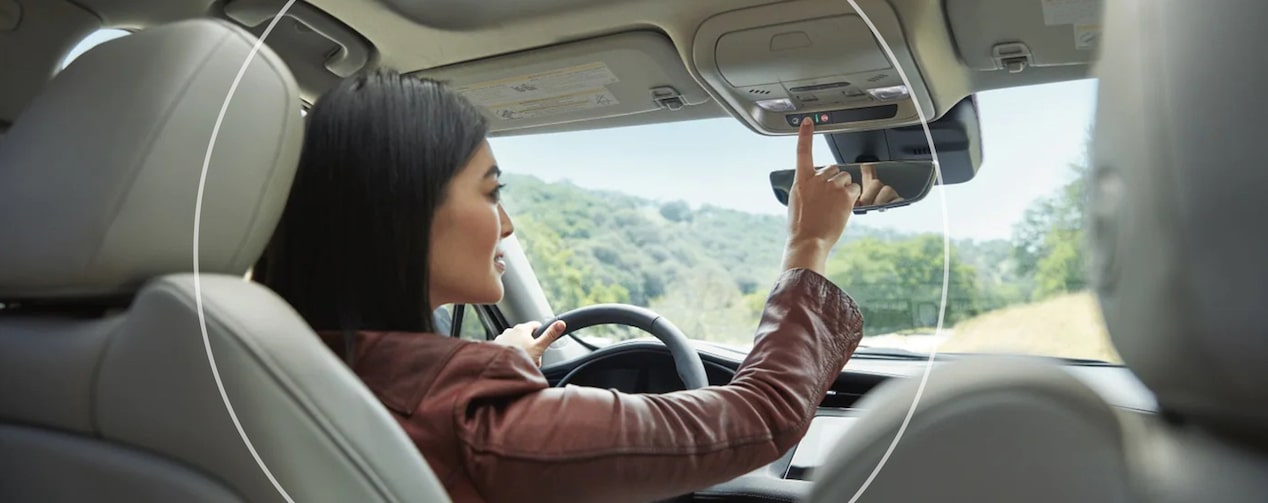Learn how OnStar works with First Responders
OnStar has unique features designed to get the right help to the right place in an emergency.
The basics of OnStar
Visit our virtual outreach experience
Step inside to access a variety of public safety educational content highlighting OnStar’s emergency services. Explore the virtual exhibit hall, download reference materials, stop by the Auditorium to preview the OnStar Guardian app and attend breakout sessions about Automatic Crash Response and Vehicle Location Assistance to learn how we can work together.
First Responder stories
Experience a day in the life of a First Responder. This exclusive content allows you to hear firsthand accounts of how public safety professionals approach their work — and the many ways they partner with OnStar.
